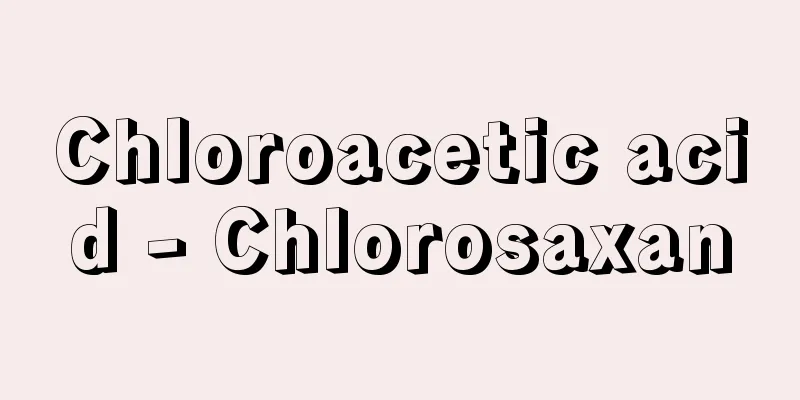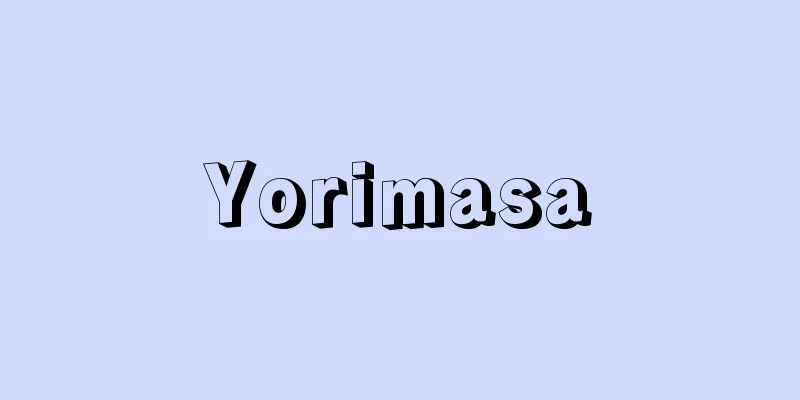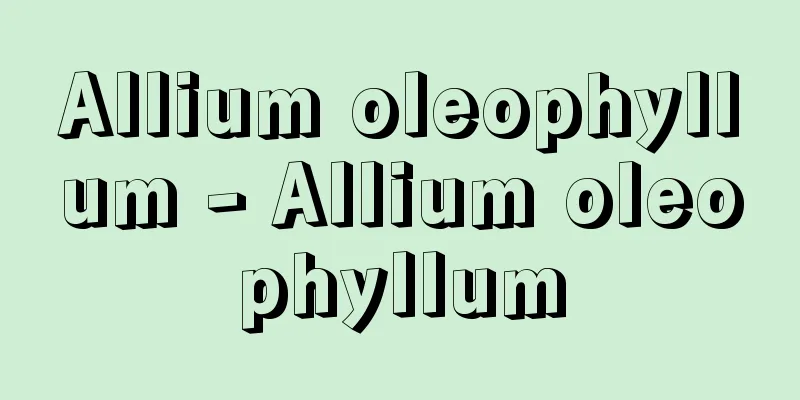Chloroacetic acid - Chlorosaxan

|
It is equivalent to the chlorine substitution product of acetic acid, and there are three types that differ depending on the degree of chlorine substitution. Generally, it refers to monochloroacetic acid. [ I ] Monochloroacetic acid: C 2 H 3 ClO 2 (94.50). CH 2 ClCOOH. It can be obtained by chlorinating acetic acid in the presence of small amounts of sulfur or iodine, or by treating trichloroethene with sulfuric acid. Colorless deliquescent crystals. 1.58. There are three types, with melting points of α form: 63 °C, β form: 55-56 °C, and γ form: 50 °C. Boiling points: 189 °C, 104 °C (2.66 kPa). Soluble in water, ethanol, benzene, chloroform, and ether. Its aqueous solution is a stronger acid than acetic acid. p K a 2.85, K a 1.55×10 -2 (25 °C). It reacts with ammonia to produce glycine, and with potassium cyanide to produce cyanoacetic acid. It is used as a raw material for various organic syntheses. [CAS 79-11-8] [ II ] Dichloroacetic acid: C 2 H 2 Cl 2 O 2 (128.95). CHCl 2 COOH. Obtained by chlorinating monochloroacetic acid. Liquid. Melting point 9.7 °C, boiling point 193-194 °C, 102 °C (2.6 kPa). 1.563. Easily soluble in water, ethanol, and ether. Hydrolysis produces glyoxylic acid. Has a pungent odor. [CAS 79-43-6] [ III ] Trichloroacetic acid: C 2 HCl 3 O 2 (163.39). CCl 3 COOH. Obtained by oxidizing chloral with nitric acid or further chlorinating dichloroacetic acid. Colorless deliquescent crystals. Melting point 57-58 °C, boiling point 197 °C, 142 °C (3.3 kPa). 1.629. Easily soluble in water, ethanol, and ether. It is a stronger acid than monochloroacetic acid and dichloroacetic acid. pH 1.2. It is hydrolyzed in dilute alkali to chloroform and carbon dioxide. It also becomes formic acid in concentrated alkali. It is used as a caustic and keratolytic agent, as well as in the fractional analysis of phosphate compounds, proteins, lipids, etc. in living organisms. It is highly corrosive. [CAS 76-03-9] Source: Morikita Publishing "Chemical Dictionary (2nd Edition)" Information about the Chemical Dictionary 2nd Edition |
|
酢酸の塩素置換体に相当し,その程度によって異なる3種類のものがある.一般にはモノクロロ酢酸をさす.【Ⅰ】モノクロロ酢酸:C2H3ClO2(94.50).CH2ClCOOH.酢酸を少量の硫黄,ヨウ素などの存在下で塩素化するか,トリクロロエテンを硫酸で処理すると得られる.無色の潮解性結晶.1.58.3種類の形があり,それぞれの融点はα形:63 ℃,β形:55~56 ℃,γ形:50 ℃.沸点189 ℃,104 ℃(2.66 kPa).水,エタノール,ベンゼン,クロロホルム,エーテルに可溶.水溶液は酢酸より強酸である.pKa 2.85,Ka 1.55×10-2(25 ℃).アンモニアと反応してグリシンに,またシアン化カリウムと反応してシアン酢酸になる.種々の有機合成の原料になる.[CAS 79-11-8]【Ⅱ】ジクロロ酢酸:C2H2Cl2O2(128.95).CHCl2COOH.モノクロロ酢酸を塩素化すると得られる.液体.融点9.7 ℃,沸点193~194 ℃,102 ℃(2.6 kPa).1.563.水,エタノール,エーテルに易溶.加水分解するとグリオキシル酸になる.刺激臭を有する.[CAS 79-43-6]【Ⅲ】トリクロロ酢酸:C2HCl3O2(163.39).CCl3COOH.クロラールを硝酸酸化するか,ジクロロ酢酸をさらに塩素化すると得られる.無色の潮解性結晶.融点57~58 ℃,沸点197 ℃,142 ℃(3.3 kPa).1.629.水,エタノール,エーテルに易溶.モノクロロ酢酸,ジクロロ酢酸より強酸である.pH 1.2.希アルカリで加水分解されてクロロホルムと二酸化炭素になる.また,濃アルカリではギ酸になる.腐食剤,角質溶解剤などのほか,生体のリン酸化合物,タンパク質,脂質などの分画分析に用いられる.強い腐食性を有する.[CAS 76-03-9] 出典 森北出版「化学辞典(第2版)」化学辞典 第2版について 情報 |
<<: Chloroplatinic acid (English spelling)
Recommend
Yellow-bellied bell frog - Yellow-bellied bell frog
...Sometimes they turn over with the red ventral ...
Trichodesmium erythraeum
…[Mitsuo Chihara]. . . *Some of the terminology t...
Ch'oe Yǒng (English spelling)
[Born] King Chungsuk 3 (1316) [Death] 14th of Marc...
Ancestors - Senzo
〘Noun〙① (also "senso") The first in a fa...
Economic cooperation
It refers to international economic cooperation, ...
Lupinus angustifolius (English spelling) Lupinus angustifolius
… [Eiichi Asayama]. … *Some of the terminology th...
Equity
A legal system in the UK. It developed through pre...
《Fable》 - Gwah
…The Japanese word fable is probably a translatio...
regulated company
…A chartered company that has acquired legal pers...
Karl's Book - Karl's Book
…The great emperor invited many learned men from ...
Minou Mountains - Minousanchi
This mountain range, also written as Minawa Mount...
Supriyadi
…However, the rebellion was suppressed within a f...
Mekurahebi (blind snake) - Mekurahebi (English spelling) blind snake
A general term for small, worm-shaped snakes belon...
Nutritional dynamics
…He organized the International Society of Limnol...
Different times and the same picture
...They were entertainers living at the bottom of...









